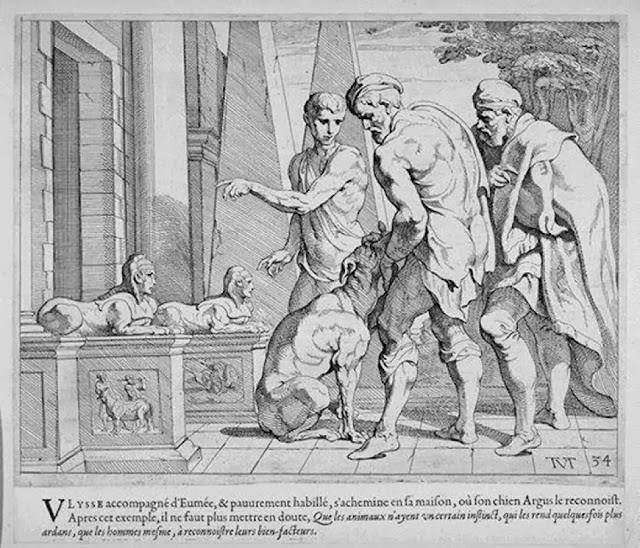| Rating: | ★★★★★ |
| Category: | Books |
| Genre: | History |
| Author: | Frances Stonor Saunders |
The astonishing untold story of a woman who tried
to stop the rise of Fascism and change the course of history
At 11 a.m. on Wednesday, April 7, 1926, a woman
stepped out of the crowd on Rome’s Campidoglio Square, a 50-year-old Violet
Gibson, wearing a shiny old black dress, carried a revolver wrapped in a black
veil. Less than a foot in front of her stood Benito Mussolini. As he raised his
arm to give the Fascist salute, the woman raised hers and shot him at
point-blank range.
Mussolini escaped virtually unscathed, cheered on
by practically the whole world. Violet Gibson, who expected to be thanked for
her action, was arrested, labeled a “crazy Irish spinster” and a “half-mad
mystic”—and promptly forgotten.
Now, in an elegant work of reconstruction, Frances
Stonor Saunders retrieves this remarkable figure from the lost historical
record. She examines Gibson’s aristocratic childhood in the Dublin elite, with
its debutante balls and presentations at court; her engagement with the
critical ideas of the era—pacifism, mysticism, and socialism; her completely
overlooked role in the unfolding drama of Fascism and the cult of Mussolini;
and her response to a new and dangerous age when anything seemed possible but
everything was at stake.
Mussolini was aghast at being shot. “Fancy, a
woman!” he’s reported to have said.
He was ready, he said, for “a beautiful death”, but
Violet, one of the “old ugly repulsive women who come from abroad in groups”,
was not the kind of person he wanted to be killed by.
There was also an article by Lucy Hughes-Hallett on
the story of the woman who tried to kill Mussolini, The Hon Violet Gibson,
whose father was Lord Chancellor of Ireland. In 1926, Hughes-Hallett explains,
at the time of their “bathetic encounter,”
Mussolini was a splendid figure of a man who liked
to display his muscled torso shirtless. Violet was tiny, emaciated and not much
loved. She was 50 years old but looked 60, and was odd enough in her behavior
to have been twice admitted to sanatoria for the mentally ill.
After her attempt on his life, Violet was again
admitted, this time for 20 years. Once that time had passed, Hughes-Hallett
says, “history might have endorsed [Violet's] political judgment,” the Duce
having been defeated and lynched in his turn, but …
… two decades in an asylum had done nothing for her
sanity. She belabored fellow patients with a broom handle. She believed her
moods created the weather. She never came out."
Frances Stonor Saunders points out in her superb
new book, The Woman Who Shot Mussolini, or that between 1922 and 1943 Il Duce
sent at least a million people to an early grave. He remained, for a very long
time, the darling statesman of the conservative press and the fashionable
fascists of Europe, although they conceded that he might be a bit hasty and
brutal.
Still and all, according to the British ambassador
to Italy, Mussolini was "like any other gentleman." The King of
England decorated him with the Order of the Bath, and Austen Chamberlain, the
British foreign secretary (whose half-brother was Neville, future prime
minister and champion of the Munich accord), considered Mussolini a sincere,
charming patriot, and certainly preferable to any other "Italian."
Not so the epigraph in Saunders's new book:
"There is such a thing as a moral atmosphere." Those are the words of
Violet Gibson, who happens to be the woman who shot Il Duce in 1926. Indeed, a
moral atmosphere pervades Saunders's often poignant tale of the Irishwoman,
labeled mad, who possessed both gumption and a pistol, which she tried to use
to change the course of history.
*original post Dec.23, 2010
*thenation
*us.macmillan



.jpg)



